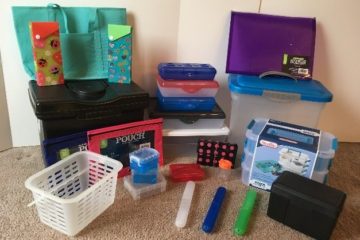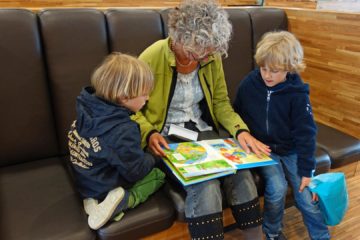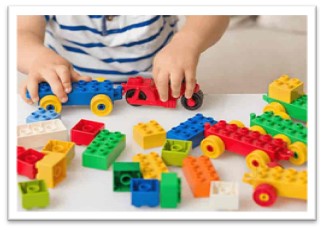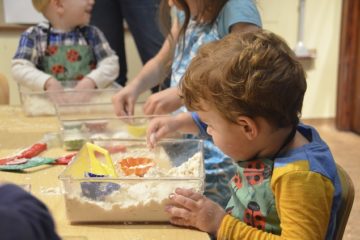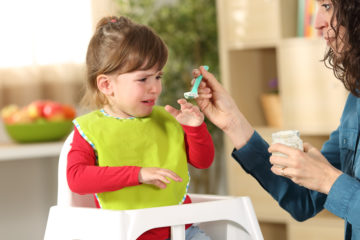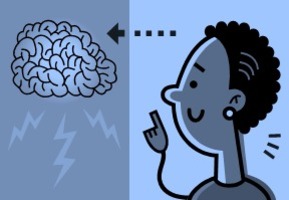Occupational Therapy
Occupational therapy toolkit for parents
Occupational therapy is a unique profession which looks at a holistic approach towards a person, i.e., not only at the reasons a person’s participation in activities has been impacted, but also at their roles and environment. Occupational therapists help people across their lifespan Read more…
